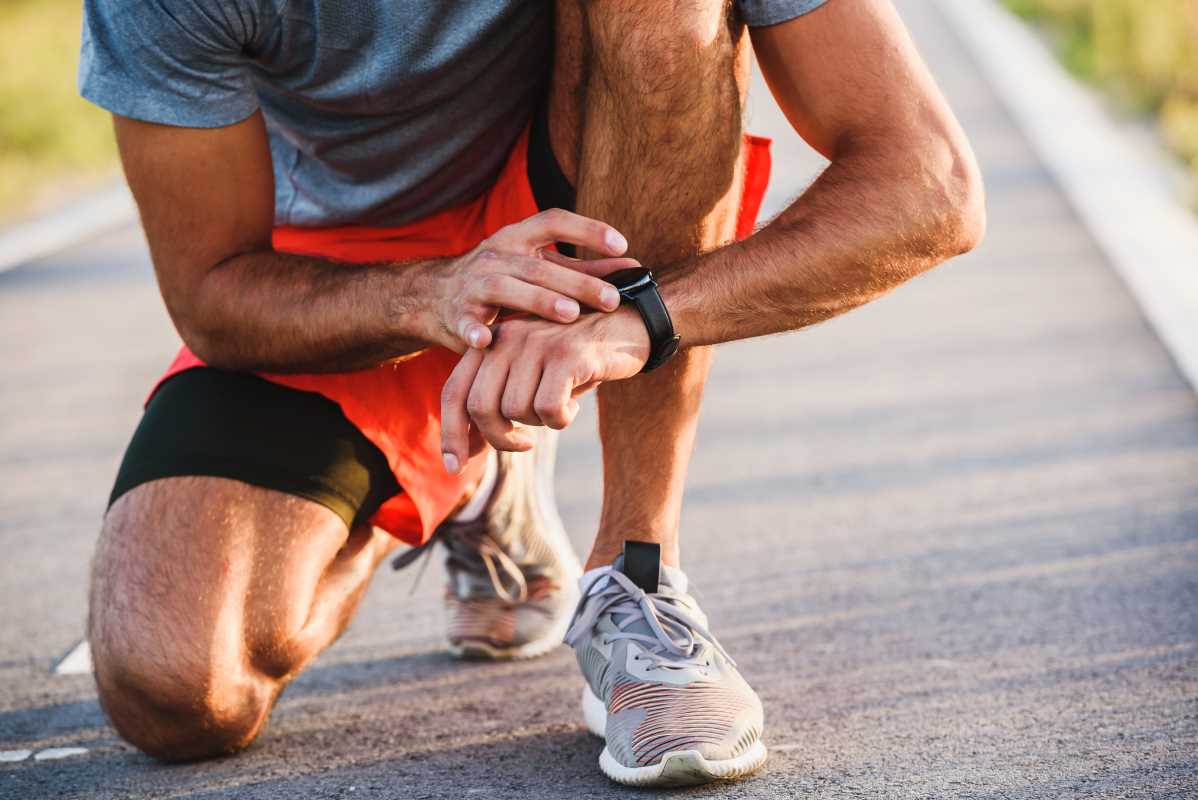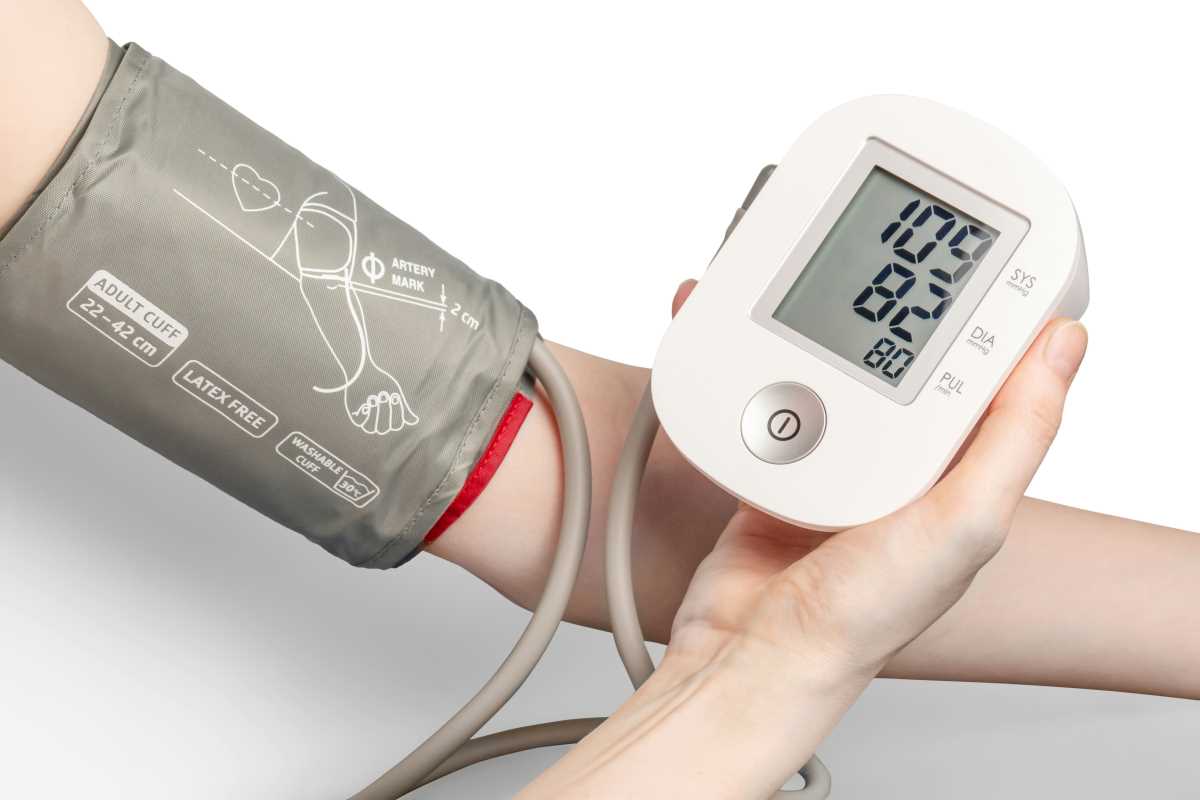Taking control of your breathing might sound basic, but it's one of the most powerful tools you can use to boost your health, fitness, and overall well-being. Whether you're crushing a morning workout, dealing with stress from work, or just wanting to feel more energized throughout your day, better breathing can make a real difference.
Why Lung Capacity and Endurance Actually Matter
Think about the last time you climbed a few flights of stairs or ran to catch a bus. Did you find yourself gasping for air? That's your lung capacity and endurance at work – or not working as well as they could be.
Your lung capacity is basically how much air your lungs can hold, while endurance refers to how efficiently your breathing system can keep up during physical activity. When these improve, you'll notice some pretty cool benefits:
- You won't get winded as easily during workouts
- Your energy levels stay more consistent throughout the day
- You feel calmer and more focused when stress hits
- Your sleep quality can improve (better oxygen flow = better rest)
- You recover faster after exercise
For single folks who are often juggling work, social life, and personal goals without a partner to lean on, having that extra energy and stress resilience can be a game-changer.
The Science Behind Better Breathing (Made Simple)
Your breathing involves way more than just your lungs. When you breathe in, your diaphragm – a dome-shaped muscle under your lungs – contracts and moves down. This creates space for your lungs to expand and fill with air.
Here's where it gets interesting: most of us are actually pretty bad at breathing efficiently. We tend to take shallow breaths using only the top part of our lungs, which means we're not getting the full oxygen exchange we could be getting.
When you practice specific breathing techniques, you're essentially training your diaphragm and other breathing muscles to work better. It's like going to the gym, but for your respiratory system. The more you practice, the stronger and more efficient these muscles become.
Three Game-Changing Breathing Techniques
1. Diaphragmatic Breathing (Belly Breathing)
This is the foundation of good breathing. Instead of your chest rising and falling, you want your belly to do most of the work.
How to do it:
- Lie down or sit comfortably
- Place one hand on your chest, one on your belly
- Breathe in slowly through your nose, making sure your belly hand moves more than your chest hand
- Exhale slowly through your mouth
- Aim for 6-10 breaths per minute
Perfect for: Reducing stress after a long day, improving sleep, or as a warm-up before workouts.
2. Box Breathing (4-4-4-4 Breathing)
This technique is used by everyone from Navy SEALs to yoga instructors. It's called "box" breathing because you're creating equal sides – like a box – with your breath timing.
How to do it:
- Inhale for 4 counts
- Hold for 4 counts
- Exhale for 4 counts
- Hold empty for 4 counts
- Repeat 4-8 times
Perfect for: Managing anxiety before a big presentation, centering yourself before a date, or cooling down after intense exercise.
3. Pursed-Lip Breathing
This one might look a little funny, but it's incredibly effective for improving lung function and slowing down your breathing rate.
How to do it:
- Inhale slowly through your nose for 2 counts
- Pucker your lips like you're about to whistle or blow out a candle
- Exhale slowly through your pursed lips for 4 counts
- The exhale should take twice as long as the inhale
Perfect for: During or after cardio workouts, when you're feeling short of breath, or to help regulate your breathing during stressful moments.
Making These Techniques Part of Your Daily Life
The beauty of breathing exercises is that you can literally do them anywhere, anytime. Here are some practical ways to work them into your routine:
Morning routine: Start your day with 5 minutes of diaphragmatic breathing while you're still in bed. It's a gentle way to wake up your system and set a calm tone for the day.
Work breaks: Use box breathing during your lunch break or between meetings. It's a quick reset that doesn't require any special equipment or space.
Workout integration: Practice pursed-lip breathing during your cool-down, or use diaphragmatic breathing between sets to help with recovery.
Evening wind-down: End your day with some slow, deep breathing while you're watching TV or reading. It helps signal to your body that it's time to relax.
Commute time: If you're walking, biking, or even stuck in traffic, it's a perfect time to focus on your breathing patterns.
Here's the thing about being single and focused on self-improvement – you have the freedom to experiment and find what works best for you. You don't need to coordinate schedules with anyone or worry about disturbing a partner with your new breathing practice.
 (Image via
(Image via





